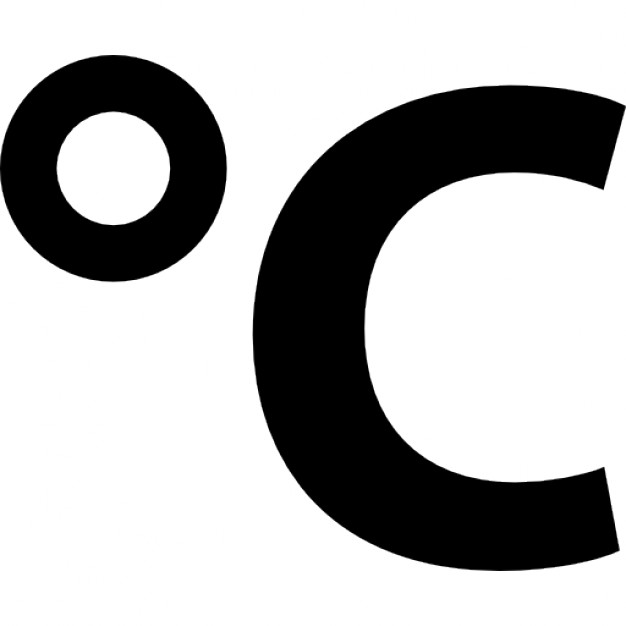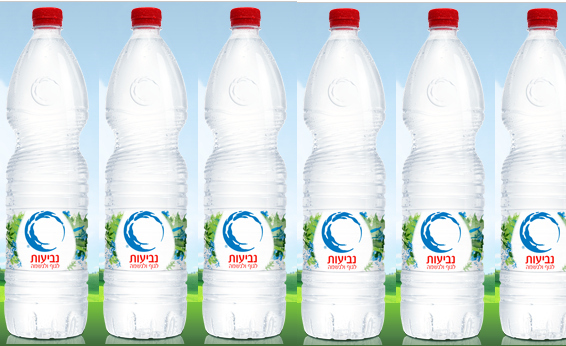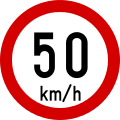How to Deal with the Metric System when Visiting Israel
May 6th 2015
 Tourists visiting Israel from the United States are often overwhelmed by the idea of Celsius temperature notations or measuring weights by the kilo and distances by the meter. You might be comfortable knowing that a store a quarter-mile away sells the 12-ounce sodas you count on to keep you cool when the weather rises above 90 degrees Fahrenheit. The other methods, which are actually used by the majority of the world, might have you confused.
Tourists visiting Israel from the United States are often overwhelmed by the idea of Celsius temperature notations or measuring weights by the kilo and distances by the meter. You might be comfortable knowing that a store a quarter-mile away sells the 12-ounce sodas you count on to keep you cool when the weather rises above 90 degrees Fahrenheit. The other methods, which are actually used by the majority of the world, might have you confused.
Let’s see if we can help clear it all up for you, so you can arrive in Israel already comfortable with the metric system.
Temperatures
Israel uses the Celsius scale for measuring temperature. This includes temperatures for both weather and cooking. In the Celsius scale, zero is the freezing point and 100 is the boiling point. There are several ways to interpret Celsius temperatures so you’ll know whether or not to bring a sweatshirt along. The simplest is this easy-to-remember rhyme: 30 is hot / 20 is nice / 10 is cold / zero is ice.
A second way, which will give you a close approximation of the temperature in Fahrenheit, can be calculated in three steps in your head, using relatively simple arithmetic. Double the temperature in Celsius, subtract 10%, add 32 and you’ll have your Fahrenheit figure.
Most tourists won’t be doing too much cooking or baking, but should find yourself in front of an Israeli oven with an unbaked pie in your hands, just remember that 350 degrees Fahrenheit is approximately 180 degrees Celsius.
Weight
If you’re buying candy, nuts or produce by the kilo, you’ll want to know that a kilogram is equivalent to 2.2 pounds.
That’s great for estimating, because a half a kilo is about a pound. A quarter kilo is about half a pound. If you want a snack, ask for 100 grams of pistachios, which is a little under 4 ounces. And if you’re in a spice shop buying some za’atar to take home, an ounce is approximately 28 grams.
Volume
Thankfully, a liter is approximately equivalent to a quart, and since you’re probably used to 2-liter bottles, this one  is the easiest to get used to. however, 2-liter bottles are relatively rare in Israel. Some brands of water come in 2 liter bottles, but a standard large soda or water bottle is a liter and a half. An individual soft drink bottle is generally 500 ml, which is half a liter, or approximately 16 ounces. Gas is priced in liters in Israel, so to get the approximate gallon equivalent, multiply the liter price by 4.
is the easiest to get used to. however, 2-liter bottles are relatively rare in Israel. Some brands of water come in 2 liter bottles, but a standard large soda or water bottle is a liter and a half. An individual soft drink bottle is generally 500 ml, which is half a liter, or approximately 16 ounces. Gas is priced in liters in Israel, so to get the approximate gallon equivalent, multiply the liter price by 4.
Distance It may seem like your tour guide is recklessly speeding if the dashboard reads 100 km an hour, but it’s really just
It may seem like your tour guide is recklessly speeding if the dashboard reads 100 km an hour, but it’s really just
about 60 miles an hour. A kilometer is approximately two-thirds of a mile, so the distance in kilometers will initially seem further than it would in miles.
Hopefully, these tips will help you approximate temperature, weight, volume and distance while you’re in Israel.











